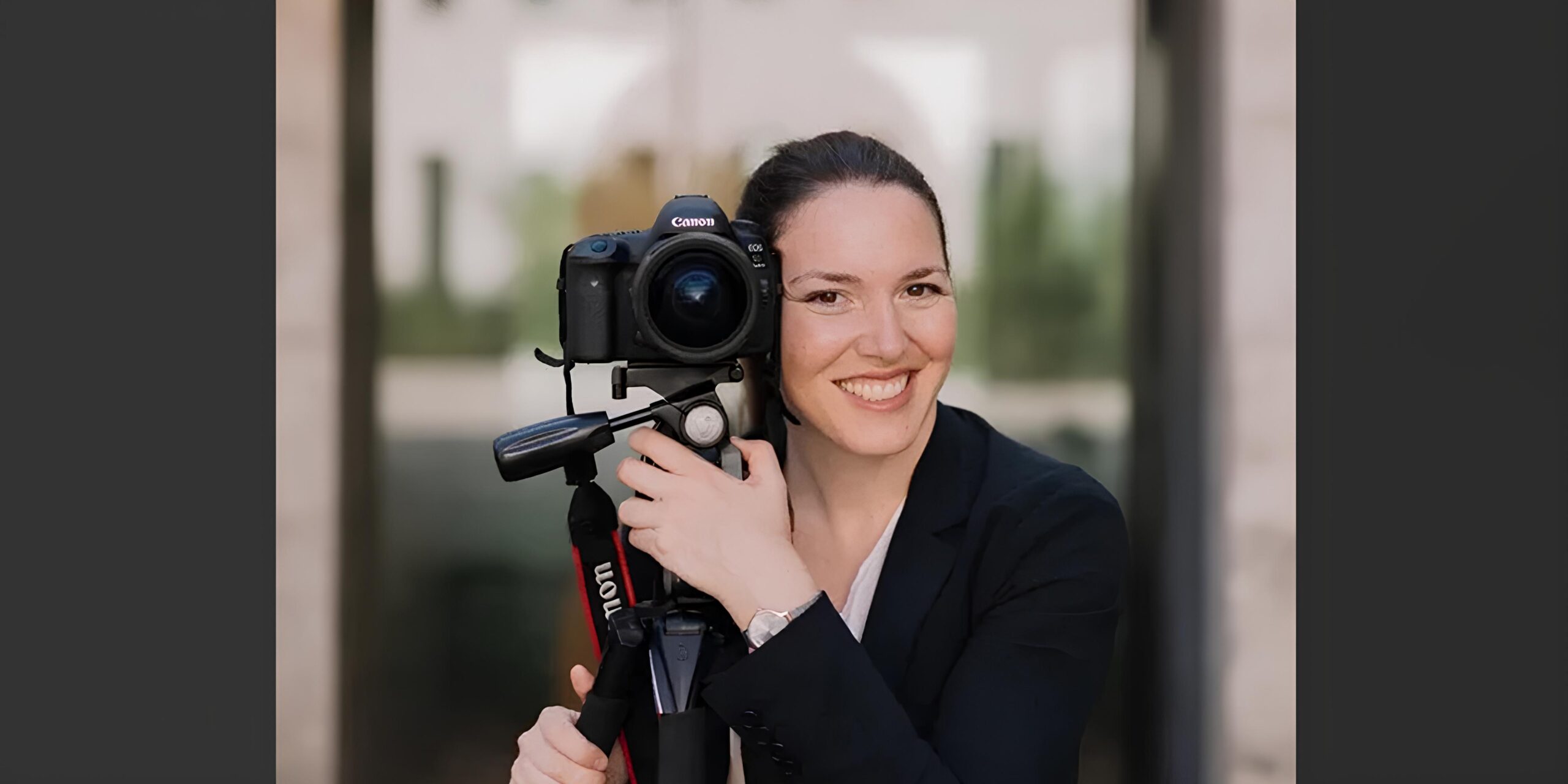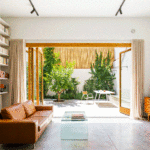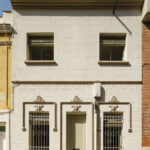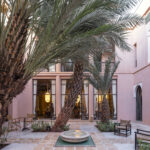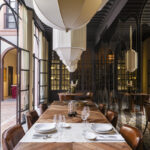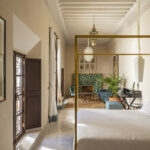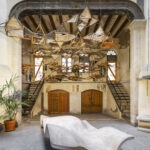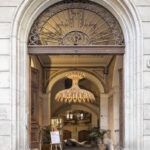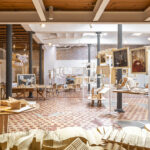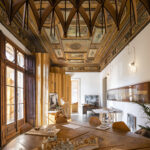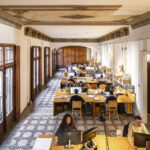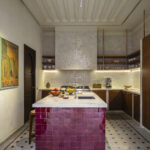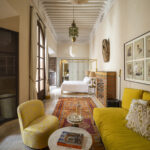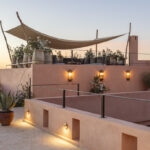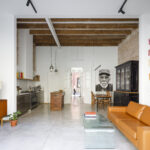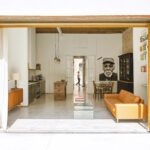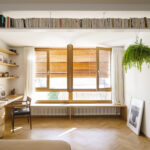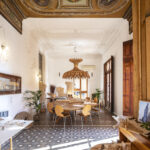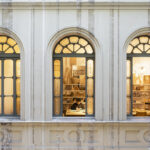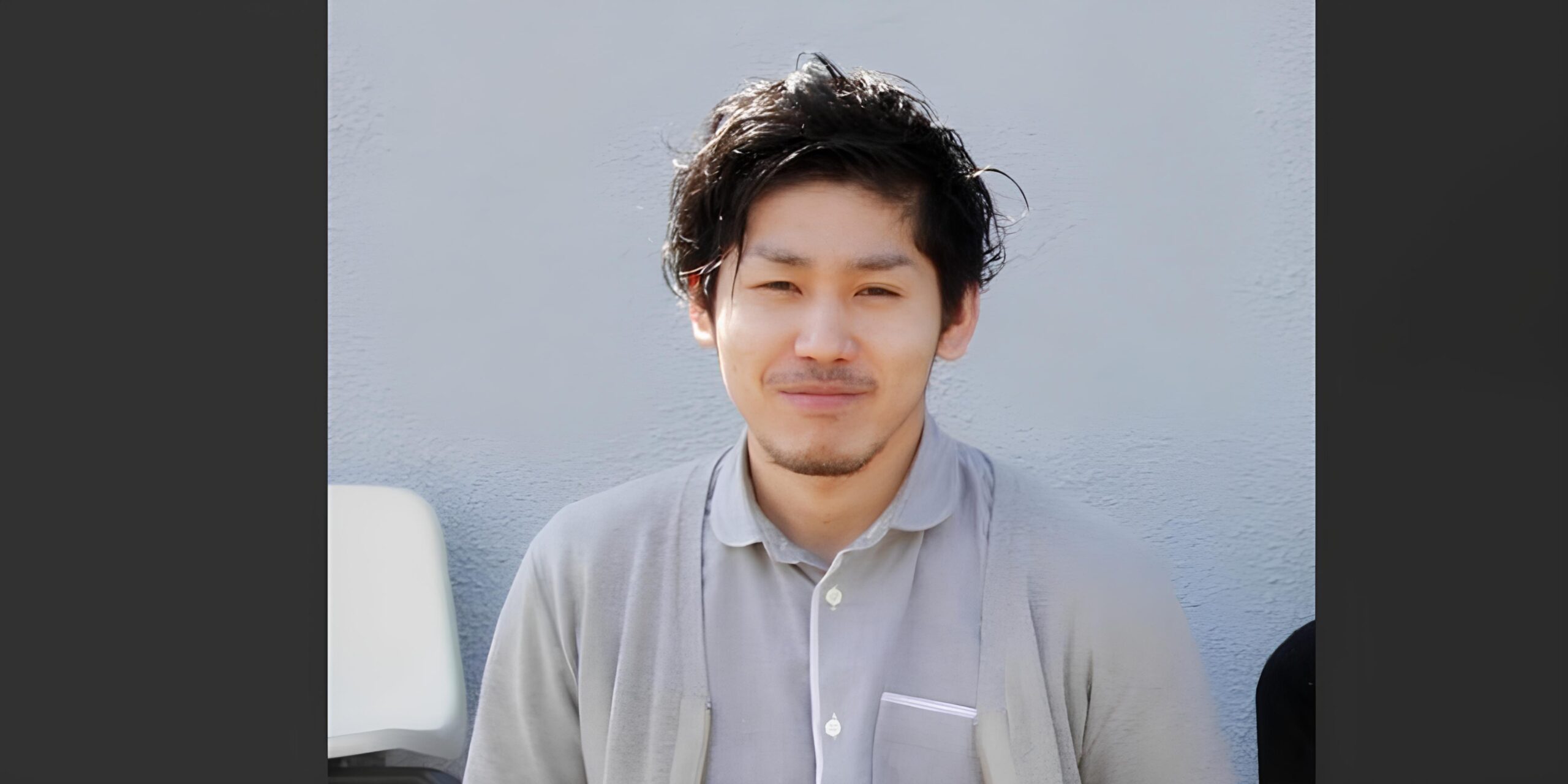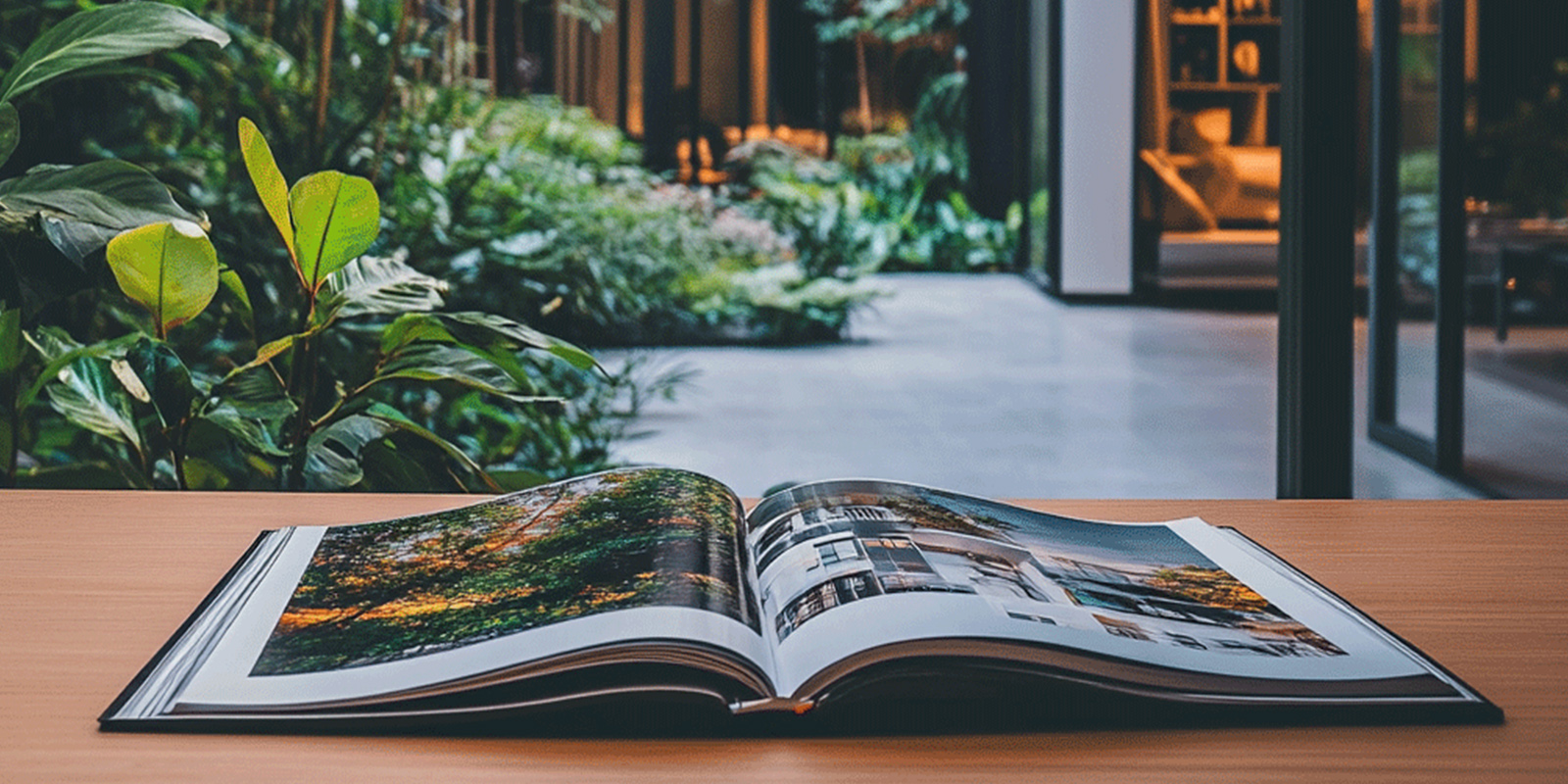At Fublis, our “Design Dialogues” series is dedicated to highlighting the innovative minds shaping the world of architecture and design. Through in-depth conversations, we explore the creative journeys of professionals who capture the essence of spaces, bringing them to life through their work. In this edition, we are honored to feature Marcela Grassi, an architectural photographer whose deep understanding of architecture and passion for visual storytelling allow her to reveal the soul of the built environment.
Marcela’s journey began in Ferrara, Italy, where her studies in art and architecture laid the foundation for her unique perspective. Her passion for architecture led her to Barcelona, a city rich in design heritage, where she transitioned from architect to photographer. Through her lens, she merges technical precision with an emotional connection to space, capturing the interplay of light, materials, and history in every composition.
With a portfolio that spans iconic structures across the world, including the EMBT studio and the Kiasma Museum, Marcela’s work masterfully conveys both the tangible and intangible aspects of architecture. Whether highlighting the historic layers of a space or embracing the cultural ambiance of a location like Marrakech, her images offer a poetic narrative of architectural design. Her keen eye for detail, use of advanced techniques such as bracketing, and innovative incorporation of dynamic elements like GIFs set her apart in the field.
In this insightful conversation, Marcela shares her experiences photographing celebrated works, her approach to capturing the essence of space, and the valuable lessons she has learned along the way. Join us as we explore her artistic vision and gain a deeper appreciation for architectural photography as both an art and a storytelling medium.
Marcela, your photographs seem to reveal the soul of a space. How do you approach capturing the intangible qualities of architecture, like the atmosphere or emotional resonance, in your work?
Marcela Grassi: Many thanks for your words. I think these intangible qualities can be reflected after spending a lot of time in the space. The first thing you capture are the shapes, the materials, the volumes, but after a while, if you listen well, you can capture (and then explain) the essence of a space. I believe that light is a key element, one more “material” when defining a space: the different positions of sunlight make the space live in various ways, and reflects better the atmosphere that the space offers.
Your work captures the essence of architectural spaces in unique and dynamic ways. When photographing iconic structures like the EMBT studio, how do you decide on the perspective that best conveys the story and spirit of the space?
Marcela Grassi: I had the opportunity to visit the studio of Benedetta Tagliabue EMBT Architects several times, but in particular, I photographed it in February 2023. As the headquarters of the Studio and the Miralles Foundation, it is a space that has a history, which adds to the already existing layer of history of the building itself. This is one of the first sensations I had when photographing the space: the overlapping layers of history, and the various voices that tell a story that begins in the 19th century and continues to be told today. After becoming familiar with the various ambients of the Studio, I have been able to refine my vision and begin to interpret the space more freely, giving voice to different perspectives.
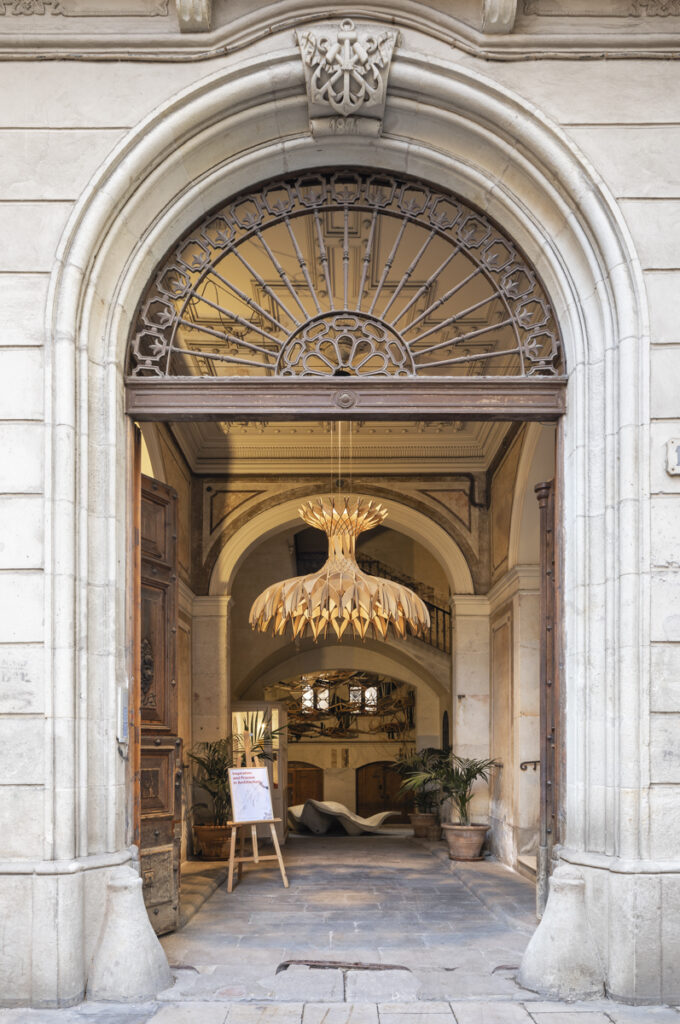
Office and Fundació Miralles by Benedetta Tagliabue – EMBT Architects | Image Credits ©Marcela Grassi Photography

Office and Fundació Miralles by Benedetta Tagliabue – EMBT Architects | Image Credits ©Marcela Grassi Photography
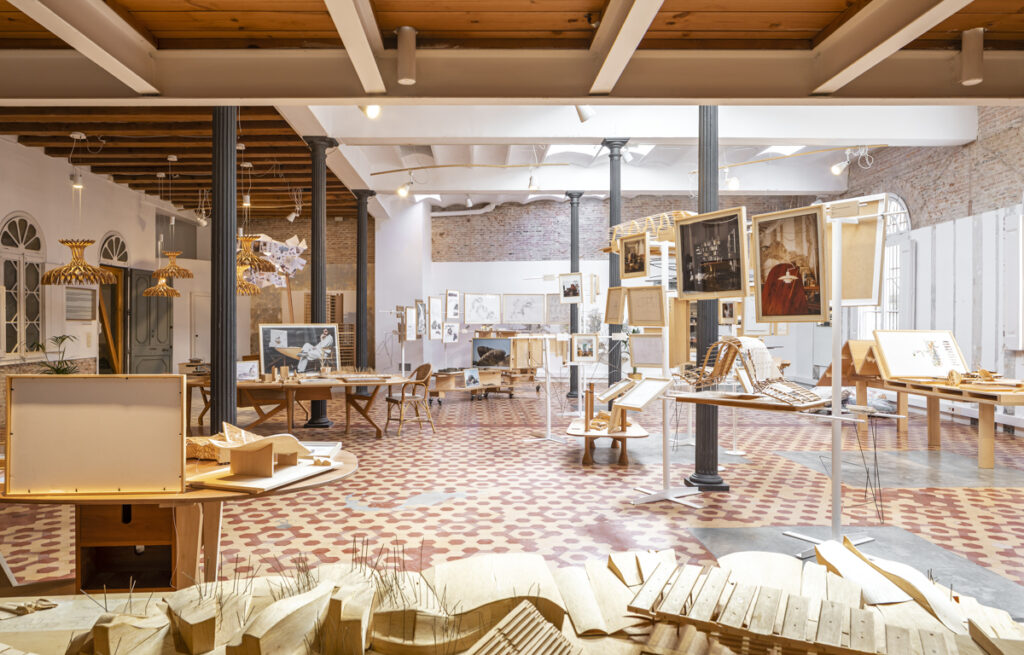
Office and Fundació Miralles by Benedetta Tagliabue – EMBT Architects | Image Credits ©Marcela Grassi Photography
Photographing renowned architectural works globally must come with unique challenges. Could you share a memorable moment or unexpected learning experience from photographing a space as celebrated as the EMBT studio?
Marcela Grassi: I have been lucky enough to photograph several world-renowned architectural works. One of these was the Kiasma Museum, by Steven Holl Architects, which I have admired since my University years, and I was finally able to photograph in 2023. In the EMBT Studio, after having photographed several rooms, I concentrated on the inner courtyard, where I could have the vision of three windows that overlook the models laboratory. At that moment one of the collaborators was working, and I saw him as a 19th century craftsman, perfecting his work, with all his care. It seemed to me that this mastery was a timeless value that was part of the building, and continued to be passed down over the centuries. Thanks to this image, I have obtained the Lux Bronze Award in Architecture and Interiors Photography at the end of 2024.
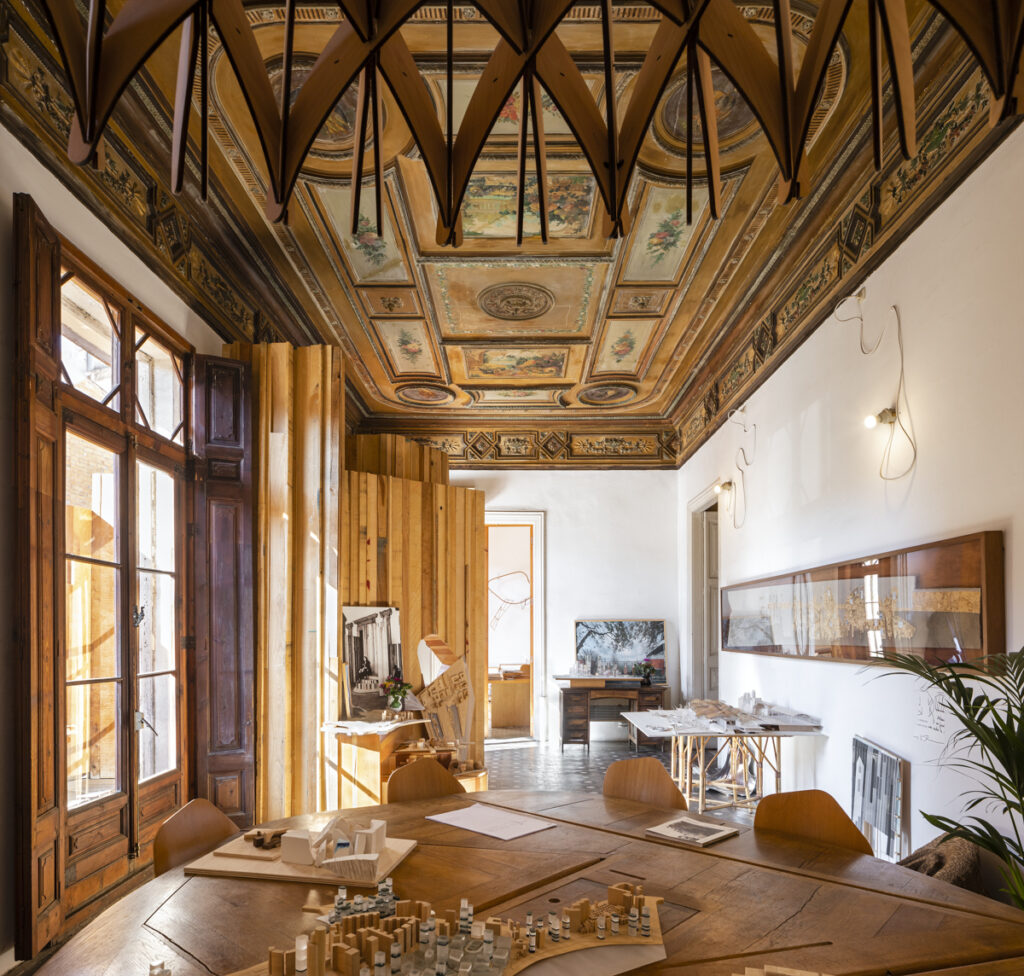
Office and Fundació Miralles by Benedetta Tagliabue – EMBT Architects | Image Credits ©Marcela Grassi Photography
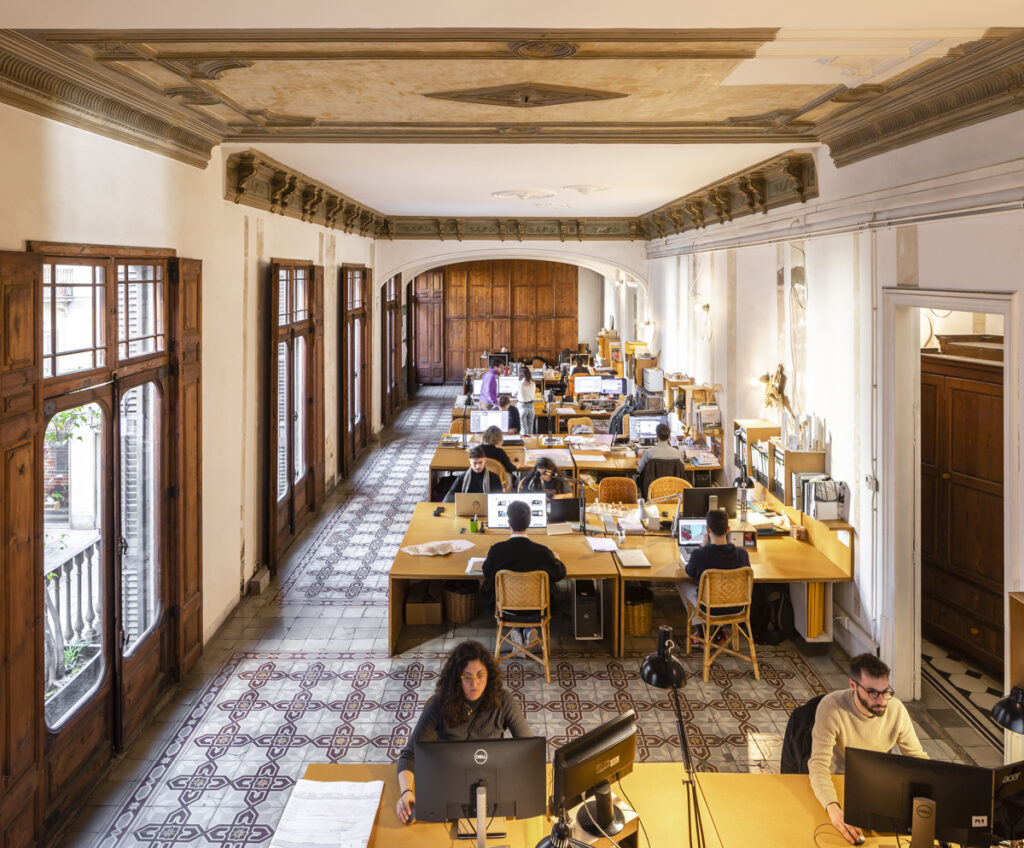
Office and Fundació Miralles by Benedetta Tagliabue – EMBT Architects | Image Credits ©Marcela Grassi Photography
Architectural photography often involves a dialogue with light. How do you approach capturing the interplay of natural and artificial lighting over time to emphasize the depth and character of a space?
Marcela Grassi: The word “photography” means “drawing with light”, our job is to tell, thanks to the presence (or absence) of light, a story. The interaction of light with the materials that make up the work, for example, determine the use that can be made of a space. In the same way, this interaction defines the very character of the architectural work. Artificial lighting is often the subject of careful study; it can give new perspectives and approaches to the spaces of a project. For this reason, I often try to photograph the same frame in natural light and then in artificial light, to show how its perception changes.
Your description of experiencing Riad Dar Al Dall in Marrakech’s ambiance, including the call to prayer, is compelling. How do you integrate the cultural and atmospheric context of a location into your architectural photography?
Marcela Grassi: The moment of hearing the call to prayer from the terrace of Dar Al Dall has been an incredible emotion: the resonance of the voices through the narrow streets of the Medina, with the colors of the sunset, created a unique and special atmosphere for me. In the case of Dar Al Dall, the cultural context was already part of the architecture, and the interior project enriches, with its nuances, the atmosphere of the building. Through the photographs, you can see these touches of context and atmosphere in the vegetation, the emphasis on the architectural and decorative elements, the special light that characterizes the place.
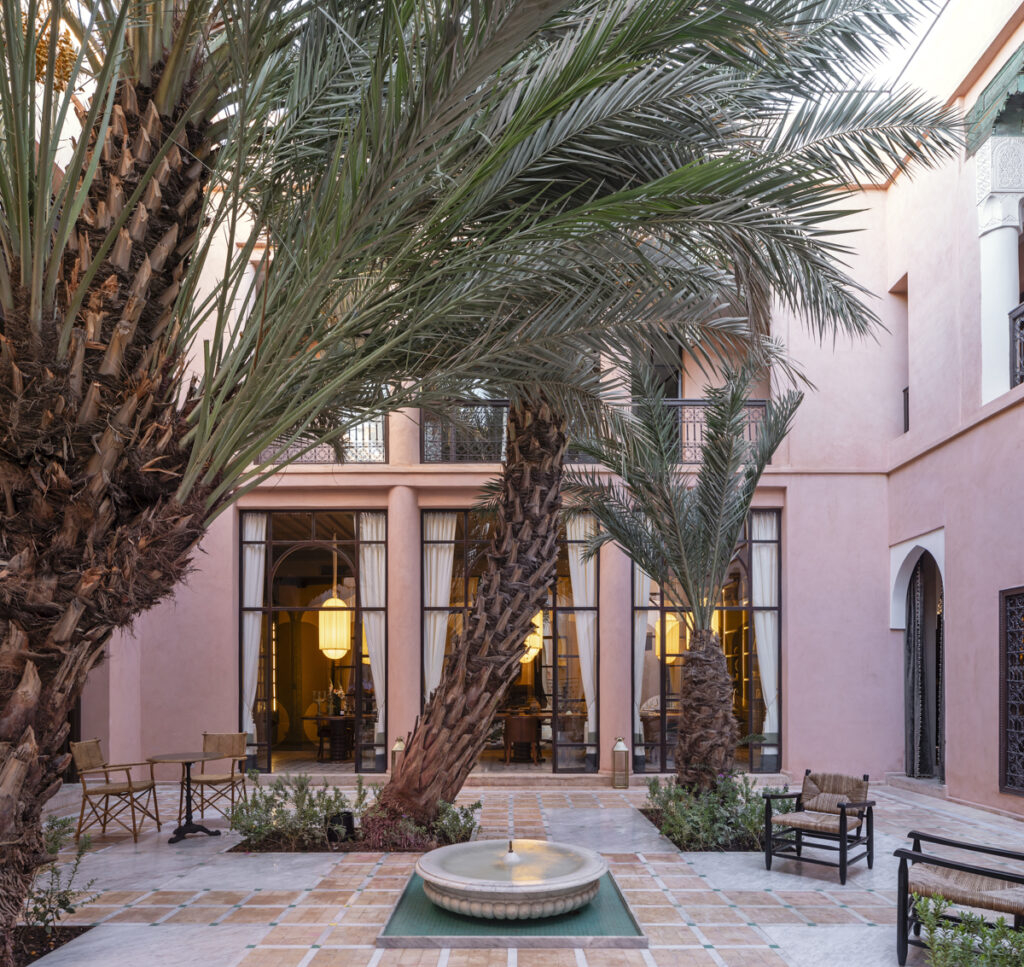
Riad Dar Al Dall, Marrakech, Morocco by Recdi8 | Image Credits ©Marcela Grassi Photography
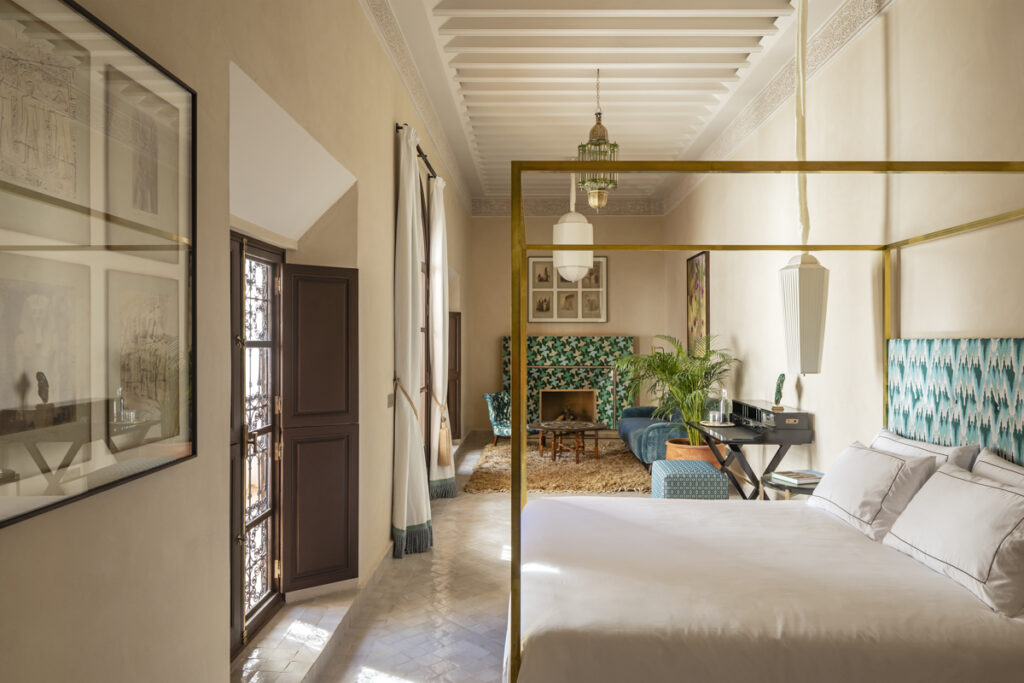
Riad Dar Al Dall, Marrakech, Morocco by Recdi8 | Image Credits ©Marcela Grassi Photography
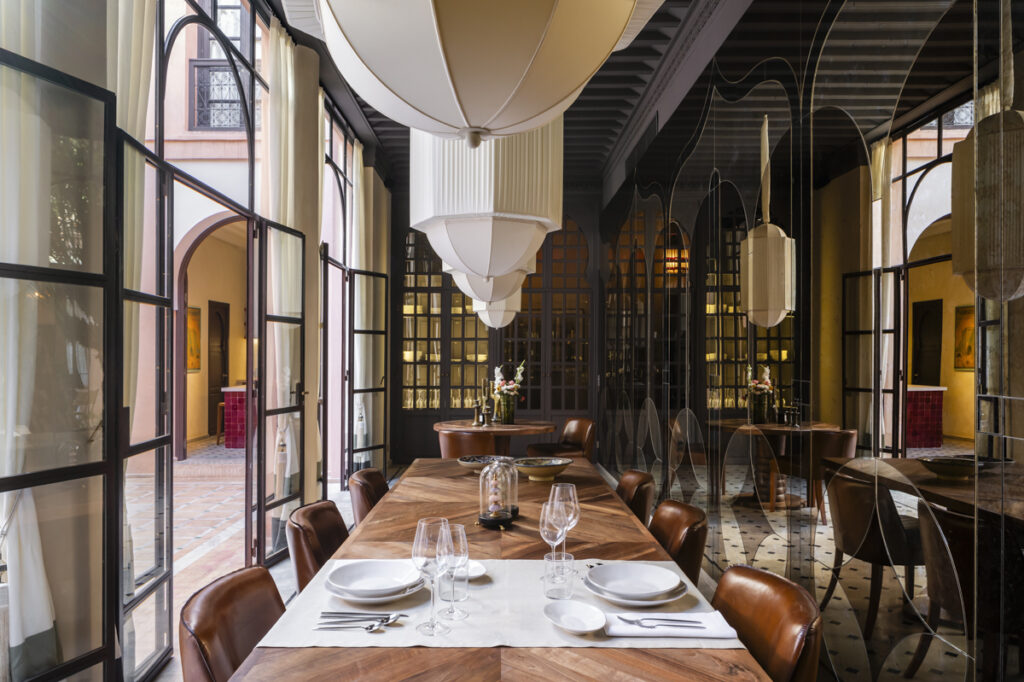
Riad Dar Al Dall, Marrakech, Morocco by Recdi8 | Image Credits ©Marcela Grassi Photography
This was your first experience photographing in Africa. How did the unique architectural style and cultural richness of Marrakech influence your photographic approach and creative vision?
Marcela Grassi: It was indeed my first photography experience in Africa. One of the features that impressed me the most was the contrast between the lively rhythm of the streets and the calming silence of the interior. The rustling of the fabrics, the singing of the birds, the slow movement of the palm leaves, the lullaby of the water of the Fountain. My intention was to describe these subtle sounds through images that included blurred elements in the foreground, to give greater depth to the scene, suggesting moving from one room to the other. On an architectural level, the structure of the Riad, developed by the centrality around the courtyard, was also an interesting experience. Explaining this space, so unique to me, has been very exciting.
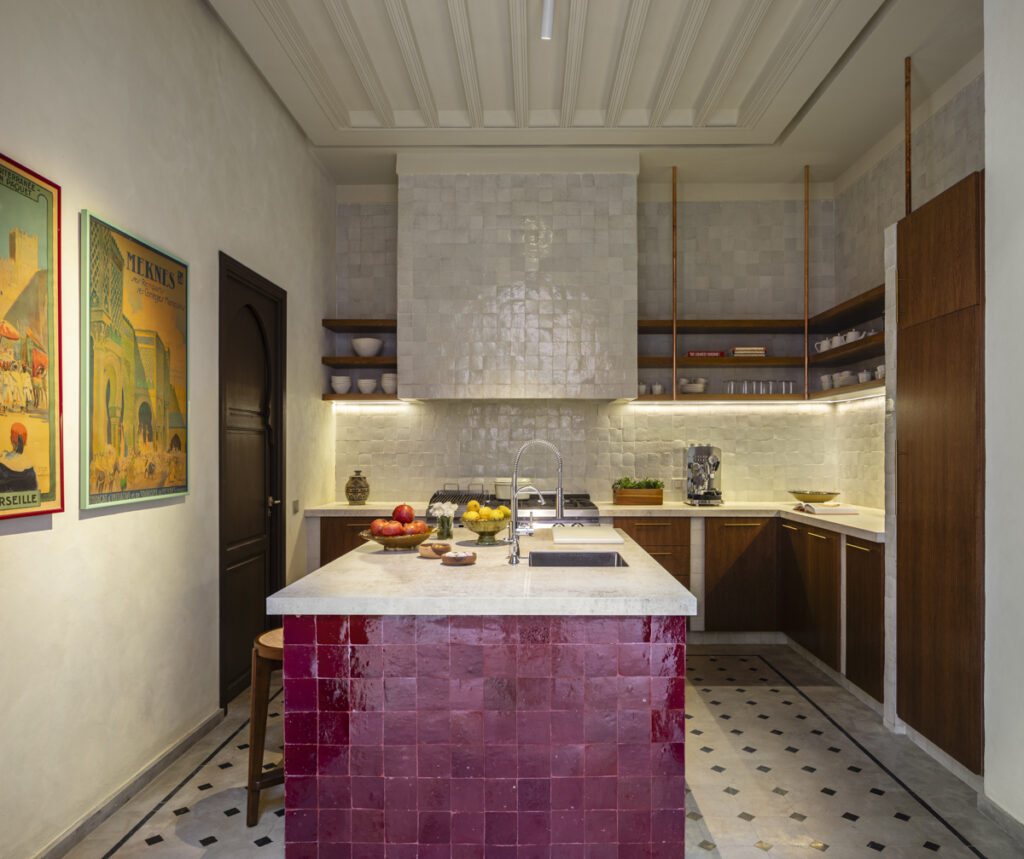
Riad Dar Al Dall, Marrakech, Morocco by Recdi8 | Image Credits ©Marcela Grassi Photography
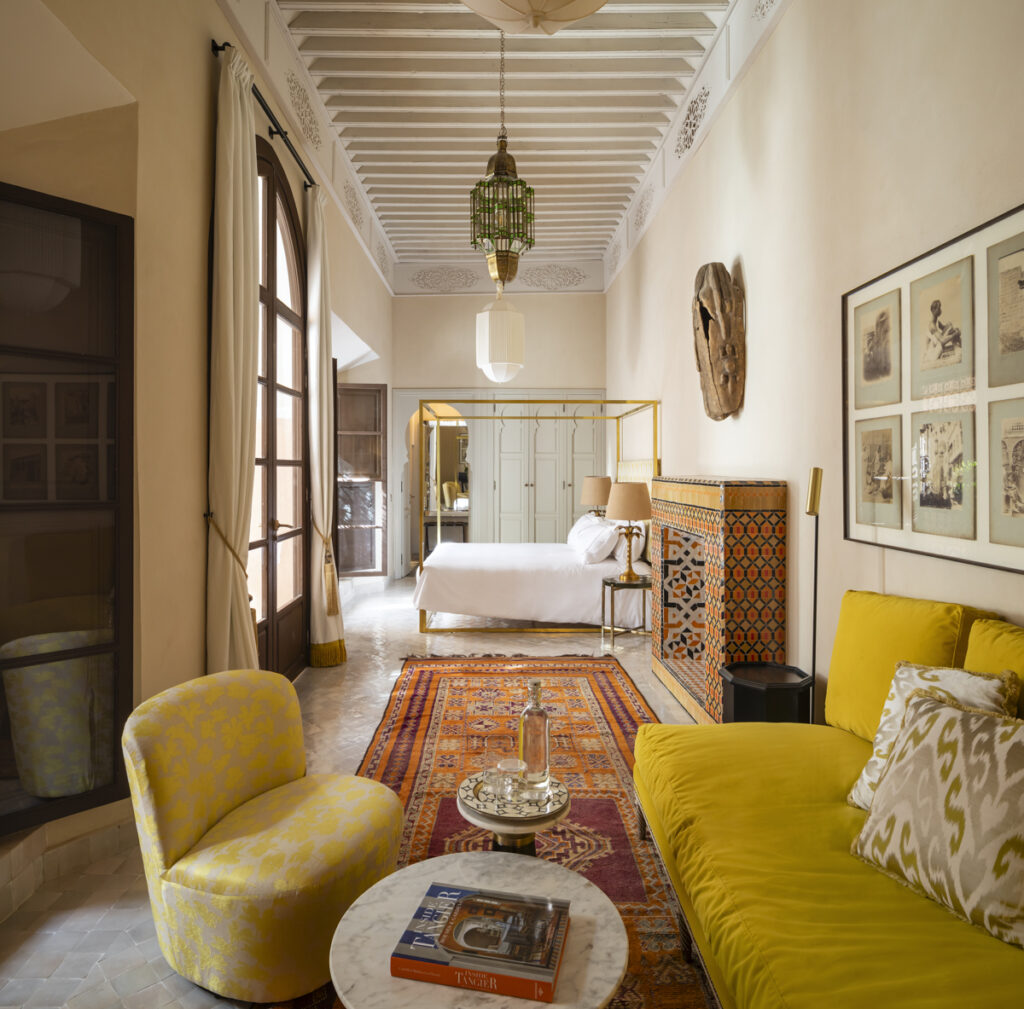
Riad Dar Al Dall, Marrakech, Morocco by Recdi8 | Image Credits ©Marcela Grassi Photography
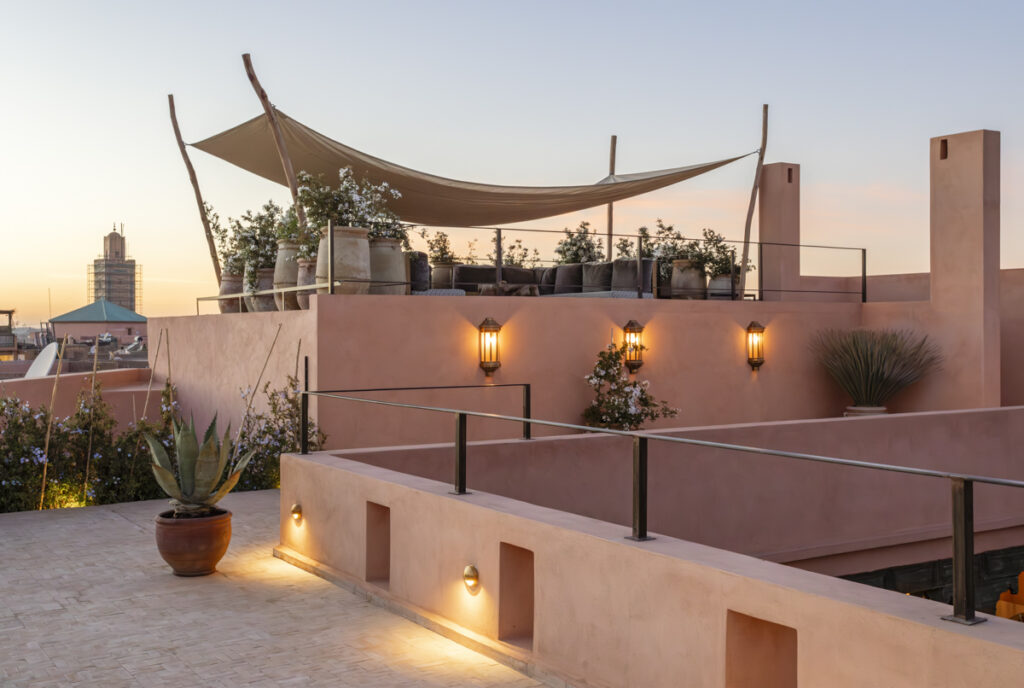
Riad Dar Al Dall, Marrakech, Morocco by Recdi8 | Image Credits ©Marcela Grassi Photography
You mentioned using bracketing to handle the contrast between the July light in the House in El Clot district, Barcelona. Can you explain how this technique helped convey the essence of the space while maintaining natural lighting effects?
Marcela Grassi: Bracketing is often used, when photographing an interior. It is a method that allows in the same capture, with three shots, the exposure of an environment in several options: the correct exposure (0), the underexposure (normally located at -1), and the overexposure (+1). In this way, we have a neutral exposure, then an under-exposed one (which in this case will be correct for the outdoors) and an over-exposed one (it can be useful for darker areas inside). By placing the images, in post-production a layer can be made to correspond to each space, and in this way we will “cut out” the burned areas of the exterior, through a mask, showing the image with its correct exposure.
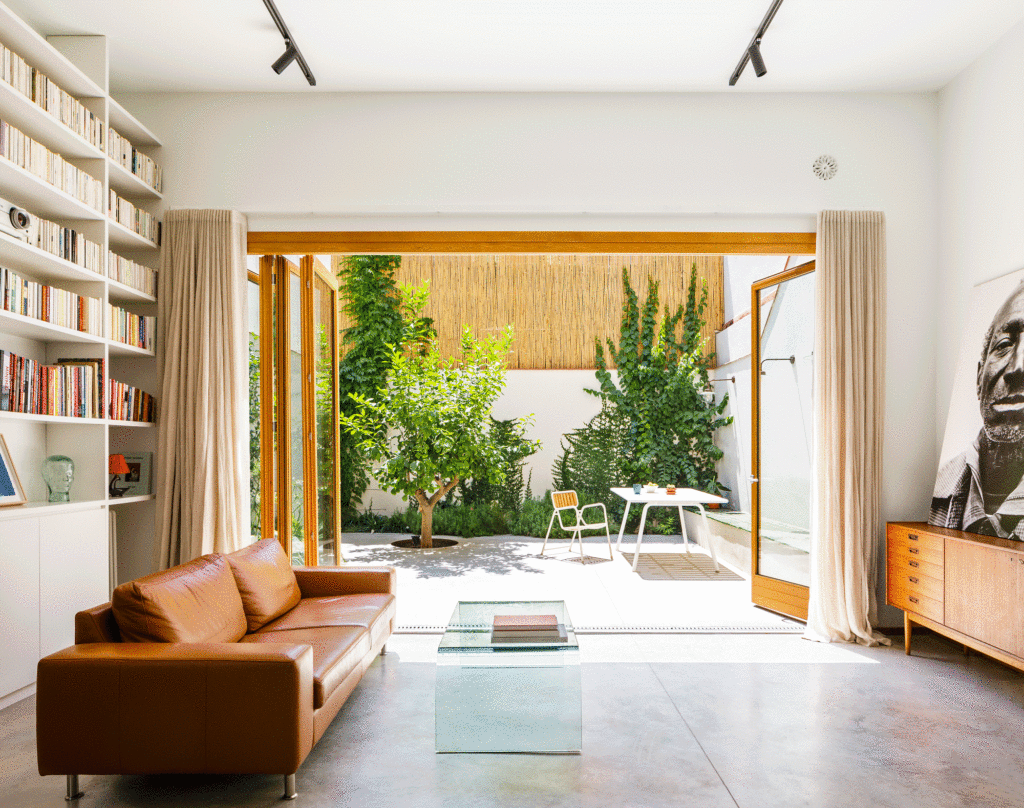
House in El Clot district, Barcelona by AcabadoMate | Image Credits ©Marcela Grassi Photography
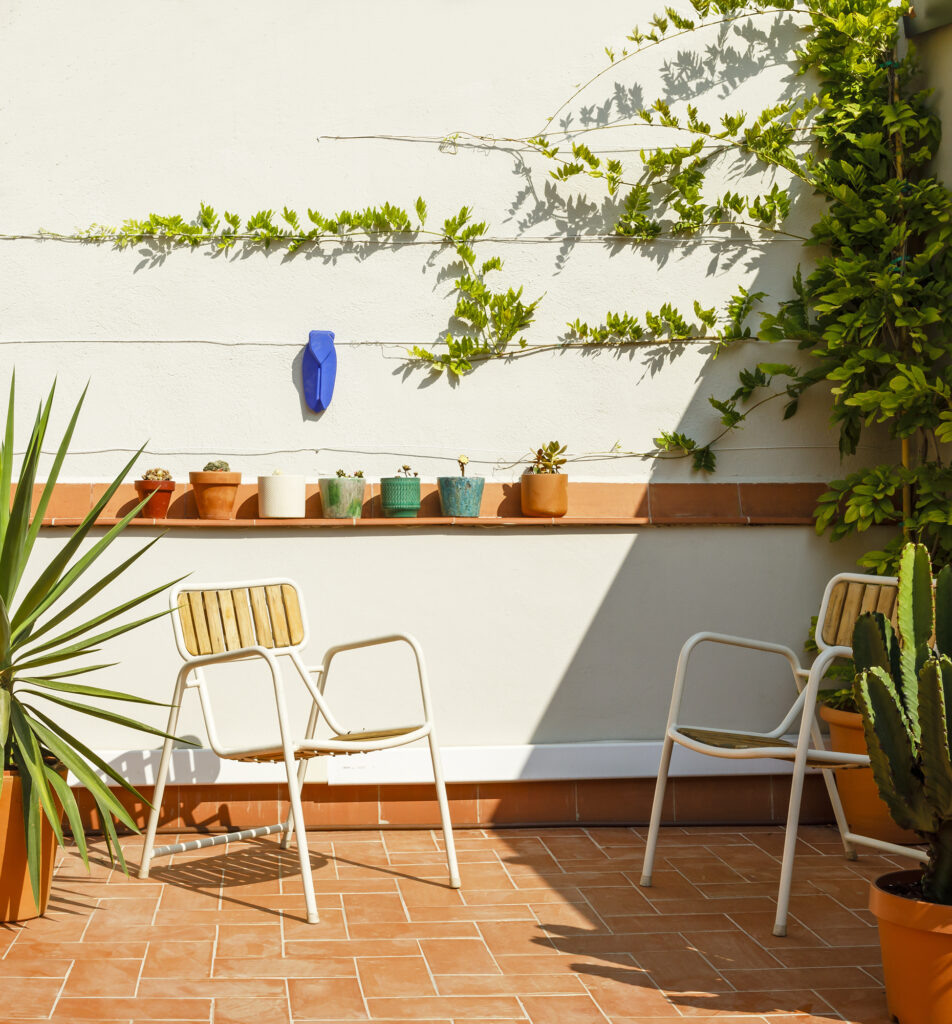
House in El Clot district, Barcelona by AcabadoMate | Image Credits ©Marcela Grassi Photography

House in El Clot district, Barcelona by AcabadoMate | Image Credits ©Marcela Grassi Photography
The use of GIFs to showcase the flexibility of the spaces is unique. How do you decide when to incorporate dynamic elements like GIFs in architectural photography, and what challenges or benefits do they bring?
Marcela Grassi: Many times designers conceive the space with this flexibility, and I think it is important to be able to reflect it through a gif. The panels on a wall containing cabinets and doors, or windows that merge the interior with the exterior, are interesting examples of how our perception of a space can change, and I think the gif is the ideal instrument to show it.
The architects collaborated closely with you to prepare the scenes and arrange interior elements. How does such collaboration influence your creative approach, and what insights do you gain from working directly with architects?
Marcela Grassi: I believe the collaboration of the architect is essential in an interior photographic session. Being on a smaller scale, it is closer to everyday use, and small nuances come into play that the person who has conceived the space surely knows better. It is also very important, for me, to know closely the designer’s intentions when thinking about a project: the photo shooting is then transformed into a session of collaborative creativity, to give a joint vision of the space where each one contributes his brushstroke. Furthermore, being an architect, I have the background and the visual language in common with my client.
Marcela, reflecting on your journey, what key lessons have shaped your unique approach to capturing spaces, and what advice would you offer to aspiring photographers aiming to authentically and poetically convey the essence of architecture?
Marcela Grassi: Thank you very much for your words. The way each of us photographs is made up of many parts: our emotional and visual experiences, our emotional and professional background. Depending on what we have experienced, thought or learned, we will see the space in a different way, and we will want to emphasize one characteristic in particular, with respect to another. What I advise aspiring architectural photographers, then, is to be themselves, to see what they want to photograph through their emotions, experiences and learnings, because this will be what will differentiate them from others. Also, I think it is important to photograph emblematic works, because learning from the masters of architecture gives us many possibilities to reflect interesting visions. The last piece of advice is: wait. Architectural photographers “paint” over time.

